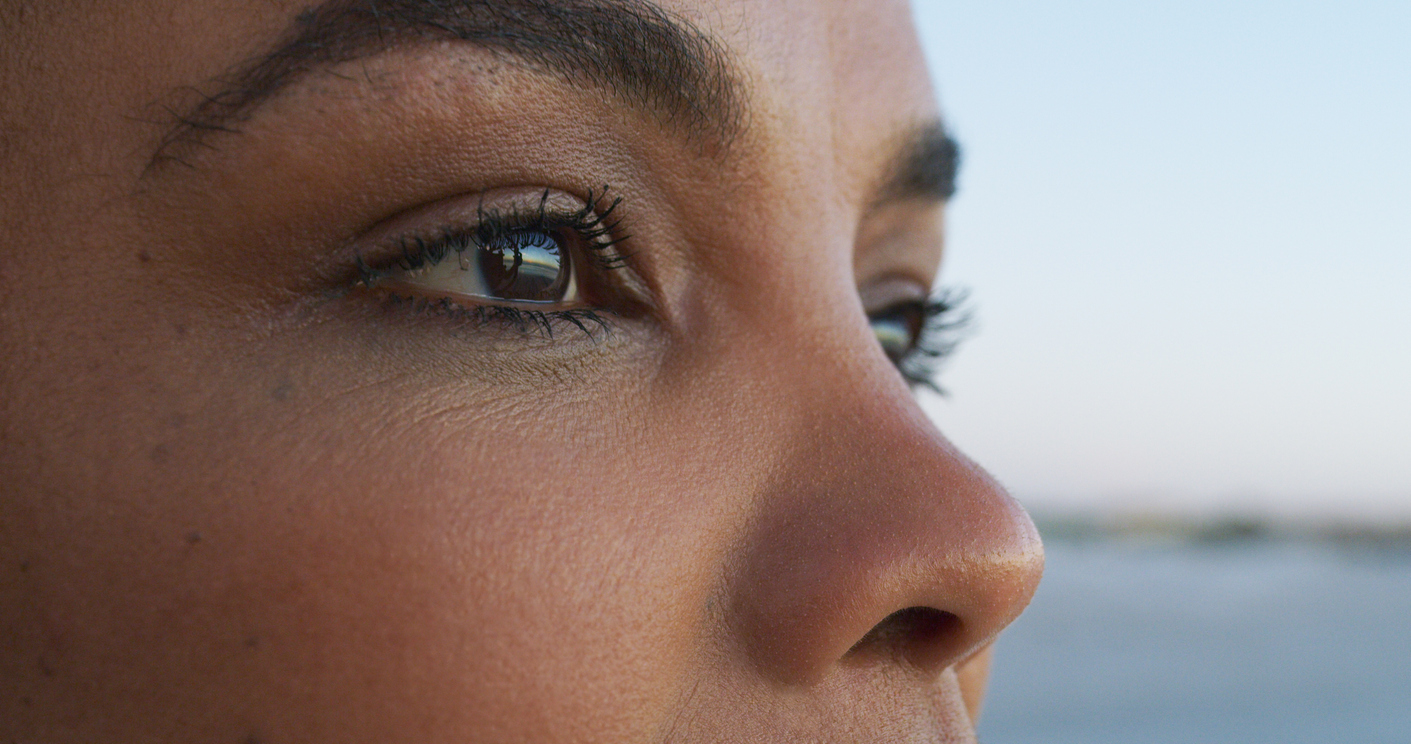Cornea
The cornea is the clear front surface of the eye situated directly in front of the iris and pupil. The cornea shields the eye from germs, dust, and other foreign matter and allows light to enter the eye, providing 65% to 75% of the eye’s focusing power. The cornea must be clear, smooth, and healthy for good vision. The curvature of the cornea can influence whether your nearsighted, farsighted or have astigmatism.
Watch to Learn More About the Cornea
Many of the signs and symptoms of corneal disorders are the same as other eye conditions:
- Redness
- Blurred/foggy/distorted vision
- Foreign body sensation
- Light sensitivity/glare
- Watery eyes/discharge
- Twitching eyelid
- Pain
Causes of Corneal Disease
- Infections, including bacterial, viral, fungal and parasitic
- Age
- Past intraocular surgery, including cataract
- Heredity
- Improper contact lens use
- Eye trauma
- Inflammation, including secondary to Ocular and systemic diseases
- Dry eye syndrome
- Bell’s palsy and other eyelid disorders, including eyelid inflammatory conditions
Some common cornea problems include keratoconus, abrasion, infections, scarring, dystrophies, ulcers, pterygium, and others.
Pterygium
Pterygium is a growth of fleshy tissue on the eye’s conjunctiva, the clear covering over the white part of the eye, usually on the side of the eye near the nose. If it grows large enough to cover part of the cornea, it can affect your vision.
Corneal Abrasion
A corneal abrasion is a scratch on the surface of the cornea. Corneal abrasions can be caused by trauma, foreign objects such as metal shavings, and microtrauma from contact lenses. Most corneal abrasions heal completely, although some deeper abrasions can leave scars and affect vision.
Recurrent Corneal Erosion
Corneal erosion occurs when the layer of cells on the surface of the cornea, known as the epithelium, detaches from the tissue below. The most common symptom is pain, particularly in the morning. The eye dries while you sleep and the lid can stick to the epithelium, loosening it when the lid opens. Erosion is more prevalent in people with a history of eye injury or corneal disease including dry eye syndrome, have had an eye ulcer, or wear improperly fitted contact lenses.
Corneal Laceration
A corneal laceration is a cut on the cornea, usually caused by an object striking the eye. If the corneal laceration is deep enough it can cut completely through the cornea and tear the eyeball itself. A corneal laceration is a very serious injury and requires immediate medical attention to avoid severe vision loss. Do not remove the object, rinse the eye with water, or apply pressure to the eye. Do not take aspirin, ibuprofen, or other anti-inflammatory drugs, as they can thin the blood, which can increase bleeding.
Corneal Ulcer
A corneal ulcer is an infectious or inflammatory wound on the cornea. A corneal ulcer usually results from an eye infection, but severe dry eye or other eye disorders can predispose patients to developing infectious ulcers. Corneal ulcers can badly and permanently damage your vision and even cause blindness if untreated. Prompt examination and management with a cornea specialist is important in mitigating the risk of permanent vision loss.
Fuchs’ Dystrophy
Fuchs’ dystrophy is a condition in which the endothelial cells on the back layer of the cornea become disfunctional. These cells maintain proper fluid levels in the cornea and keep vision clear by pumping out excess fluid. As the endothelial cells die, fluid builds up causing cloudy or hazy vision. In later stages of the disease, tiny blisters may form in the cornea and break open, causing eye pain.
Keratoconus
Keratoconus is a condition in which the cornea progressively becomes thinner, weaker, and irregular or conical in shape. The irregularly shaped cornea projects a distorted image, resulting in vision loss. Glasses typically cannot correct vision in patients with keratoconus. Scleral contact lenses are one highly effective way to correct the distortion caused by the irregular cornea, however, in later stages patients may become unable to wear contact lenses and more invasive treatment may be necessary. Keratoconus often starts when people are in their teens to early 20s, with vision symptoms slowly worsening over a period of 10 to 20 years. It may occur in only one eye initially, but commonly affects both eyes, with one being more severely affected than the other.
Treatments
Corneal treatments include medication, lubrication, eyeglasses, specialized contact lenses, surgical, and laser procedures.
Corneal Cross-linking (CXL)
Corneal cross-linking is an outpatient procedure designed to treat corneal ectasia following refractive surgery and progressive keratoconus. The procedure uses riboflavin (vitamin B2) drops and exposure to ultraviolet light to strengthen and stabilize the cornea to help prevent progression of the condition.
Corneal Transplants
If your cornea is permanently cloudy or scarred, your ophthalmologist may recommend a corneal transplant. This is when the diseased cornea is replaced with a clear, healthy cornea from a human donor. Depending on which layers of the cornea are diseased or damaged, a full or partial corneal transplant may be required.
Penetrating Keratoplasty (PK) is a full-thickness, complete replacement of the damaged or diseased cornea with a clear donor cornea. A circular area of the central cornea is removed, and the donor cornea is sutured in place with very fine sutures. It can take six to twelve months after a corneal transplant to achieve the best corrected vision.
Descemet’s Stripping Endothelial Keratoplasty (DSEK) and Descemet’s Membrane Endothelial Keratoplasty (DMEK) are partial corneal transplants performed when the innermost layer of the cornea, the endothelium, has been damaged by surgery or is abnormal from Fuchs’ Dystrophy. This cornea transplant technique heals much faster and stronger because only the damaged cell layer is replaced instead of the entire thickness of the cornea.
Schedule an appointment
Contact us at (803) 779-3070 to schedule an appointment for an eye exam with one of our American Board of Ophthalmology certified physicians at any of our four conveniently located clinics.


 ANNOUNCING UPDATES TO OUR COVID-19 SAFETY PROTOCOLS
ANNOUNCING UPDATES TO OUR COVID-19 SAFETY PROTOCOLS